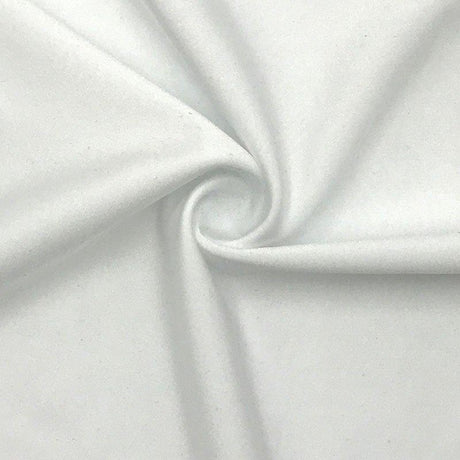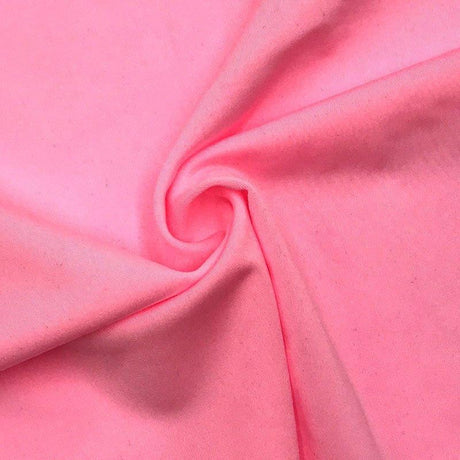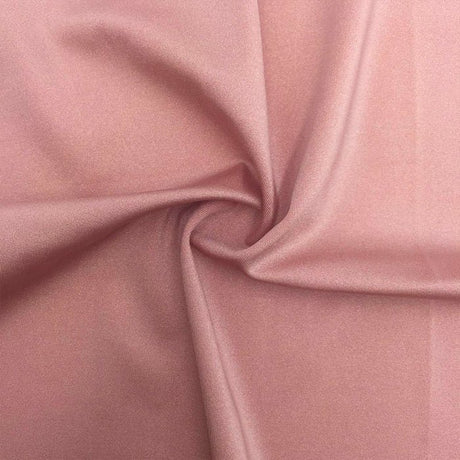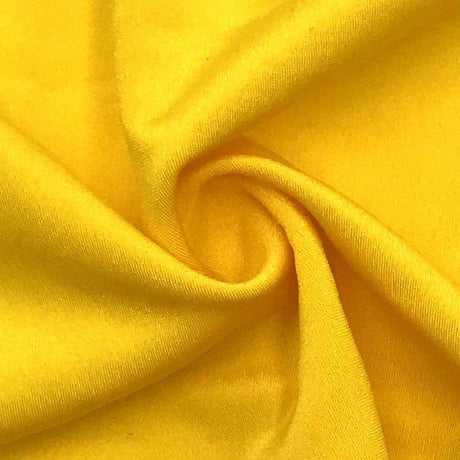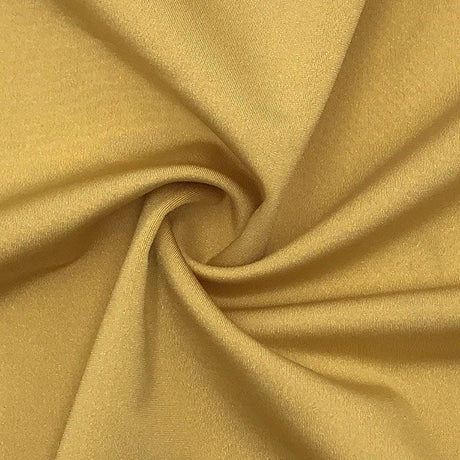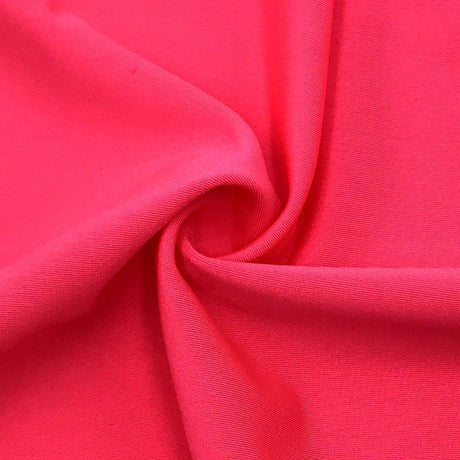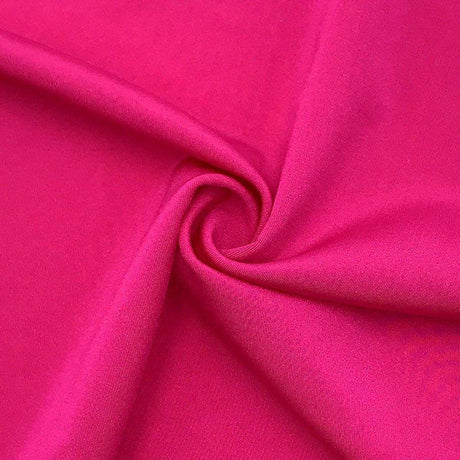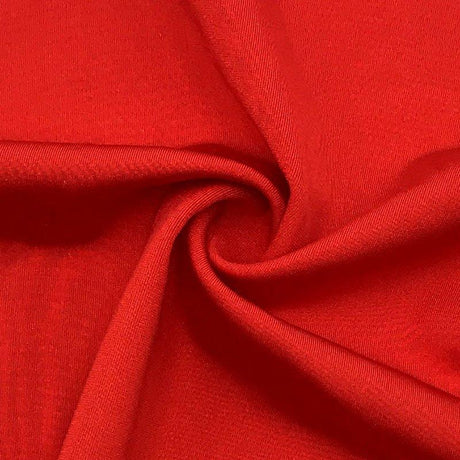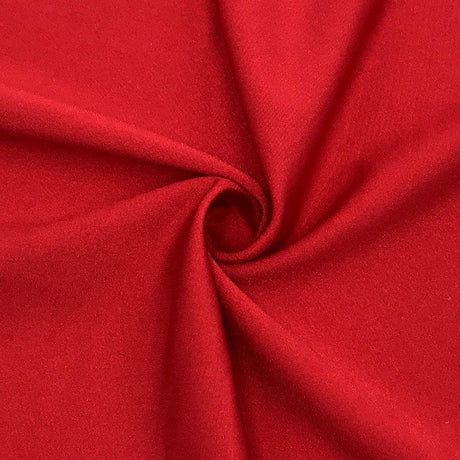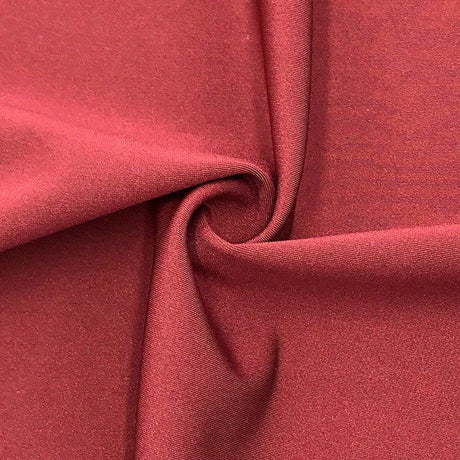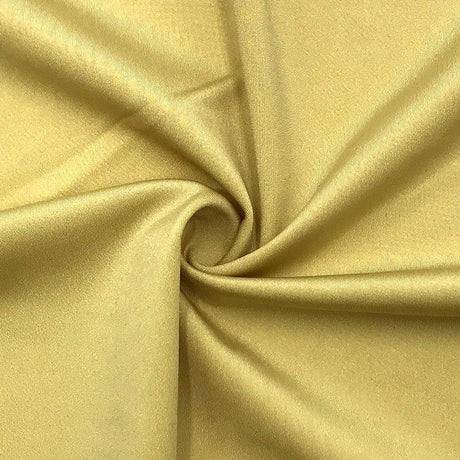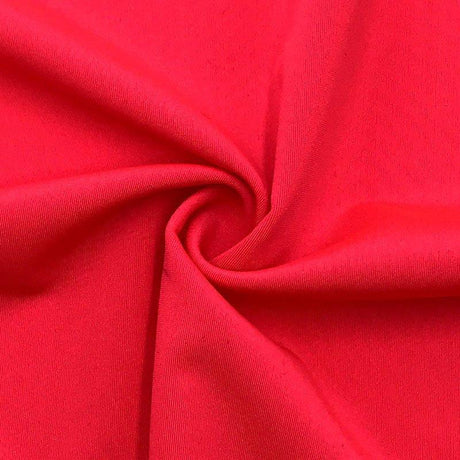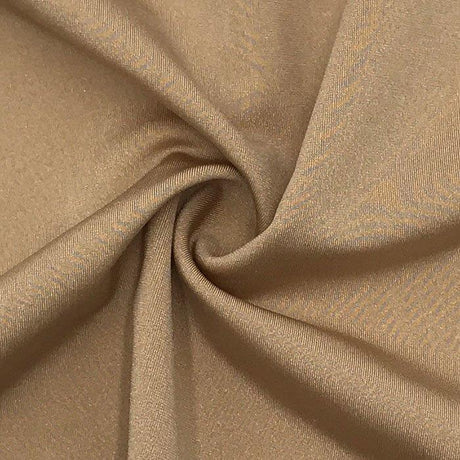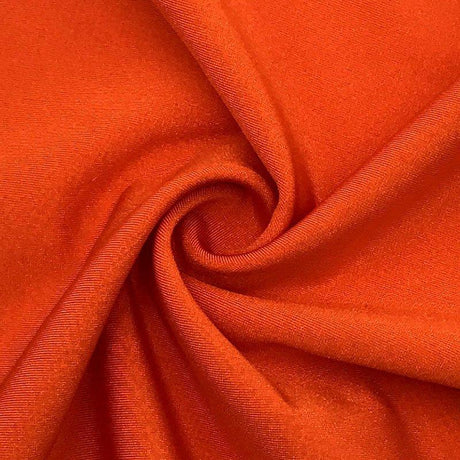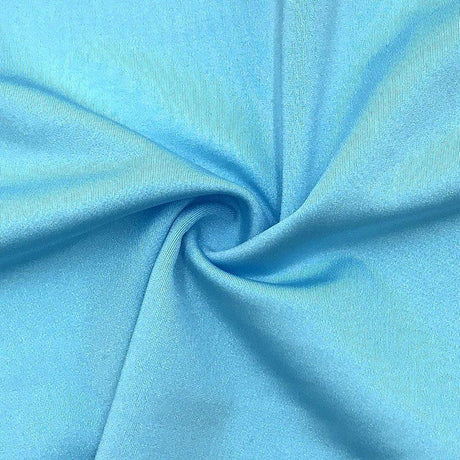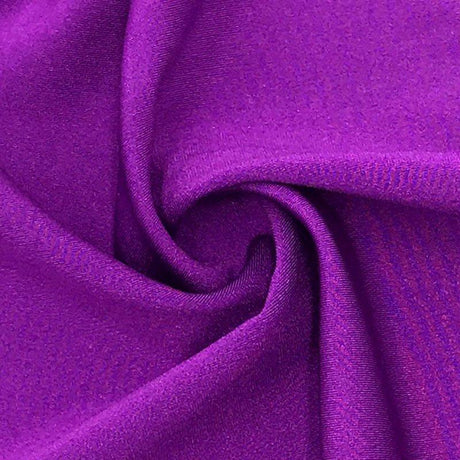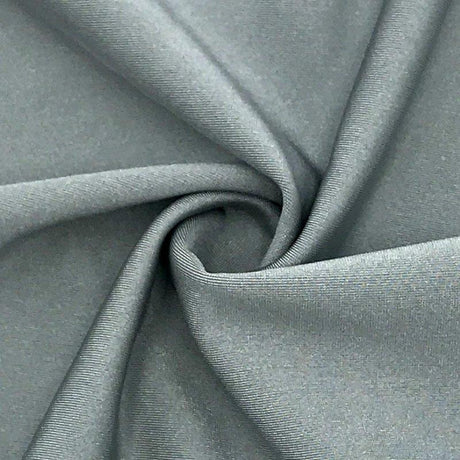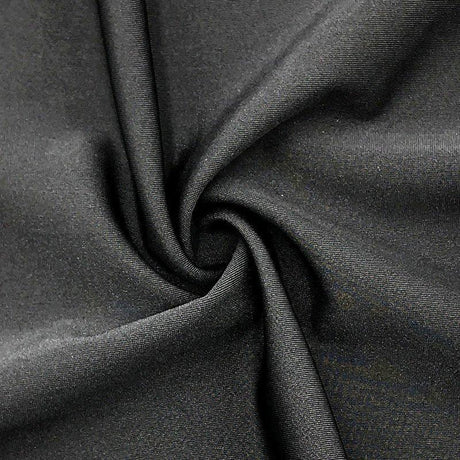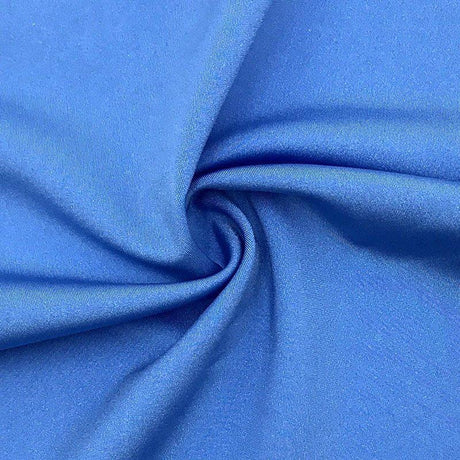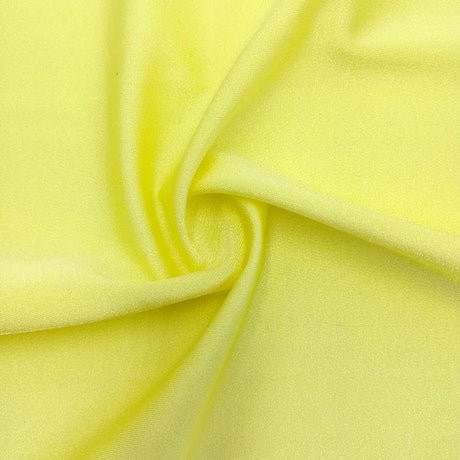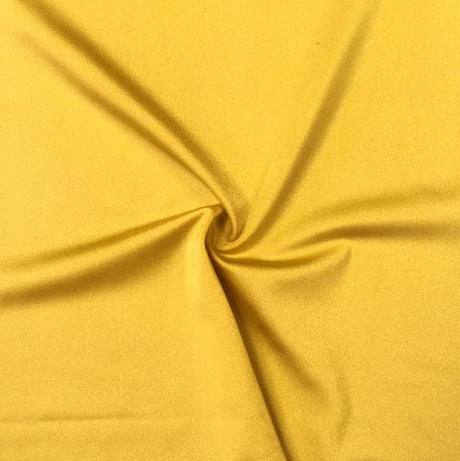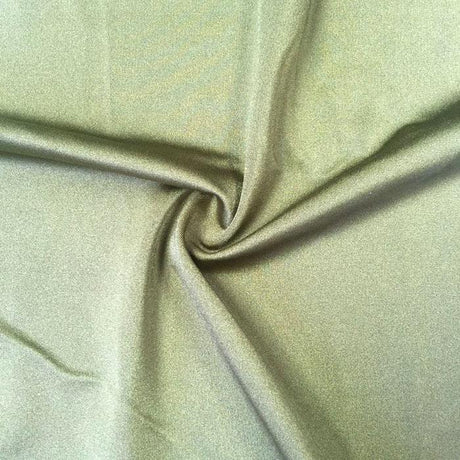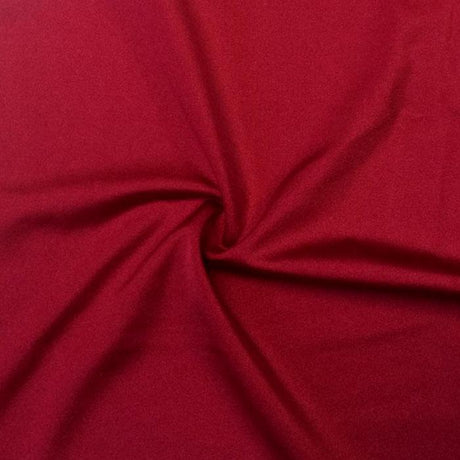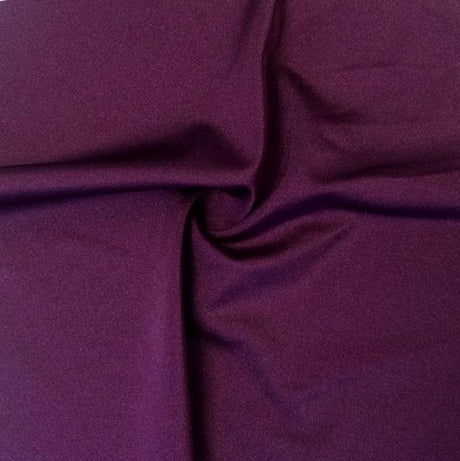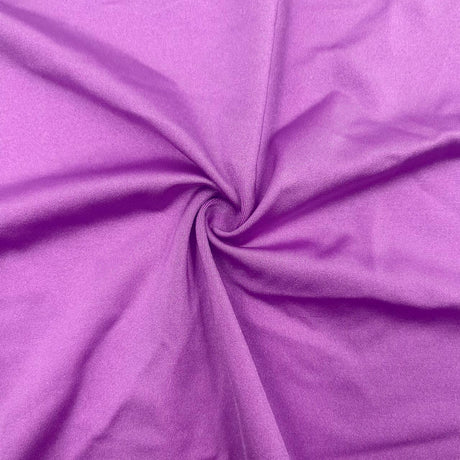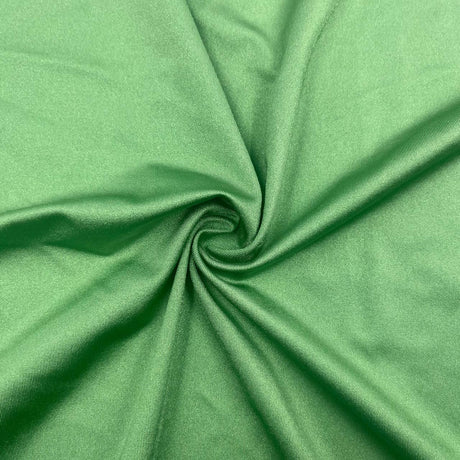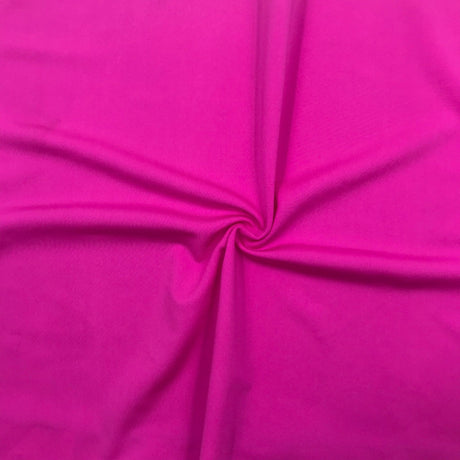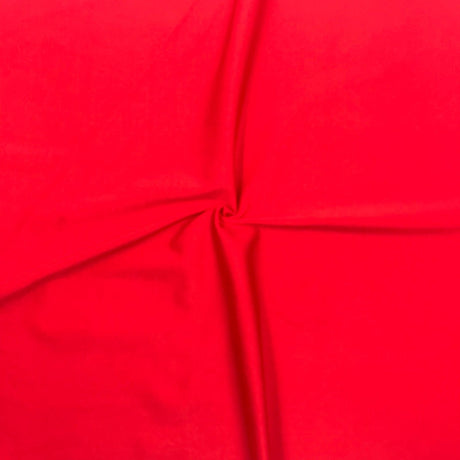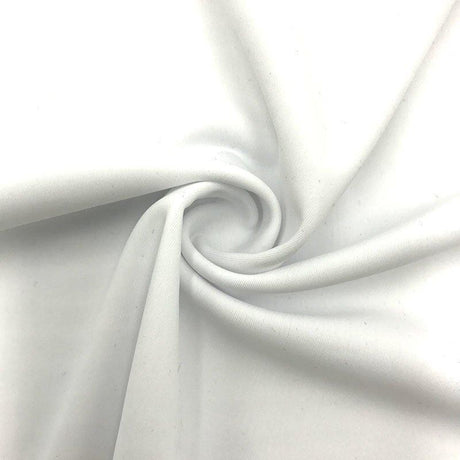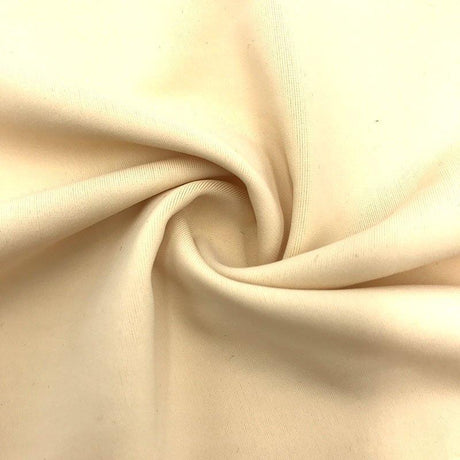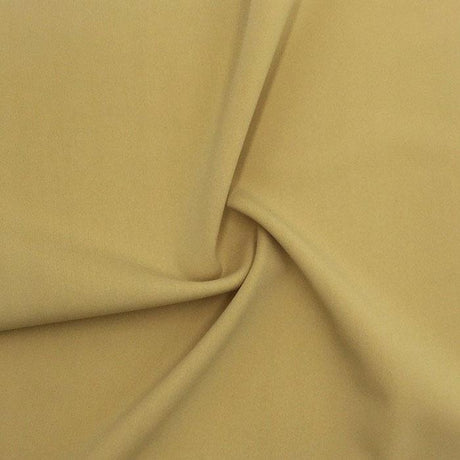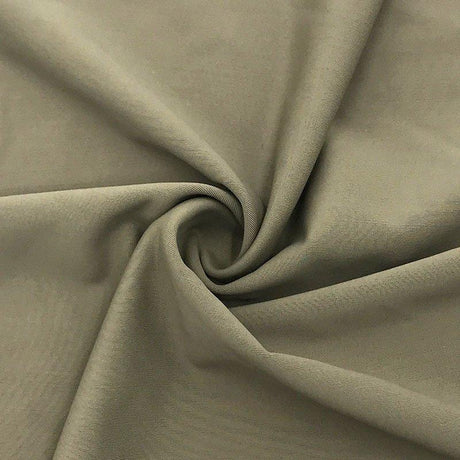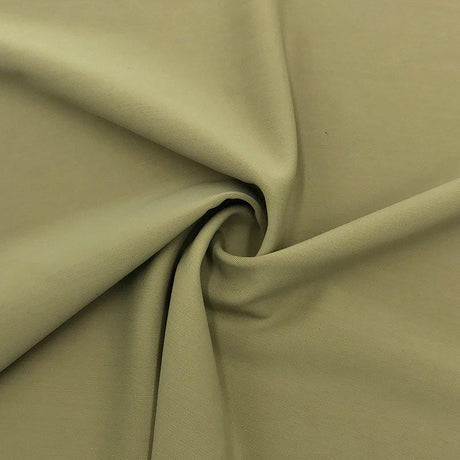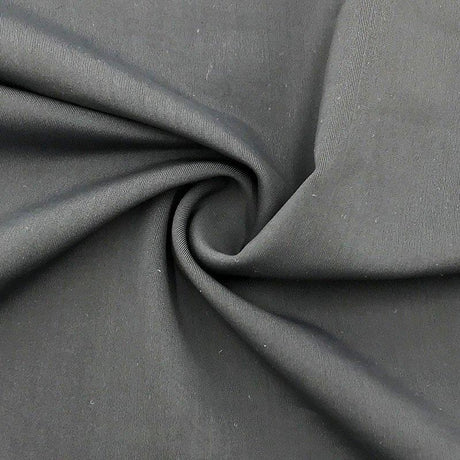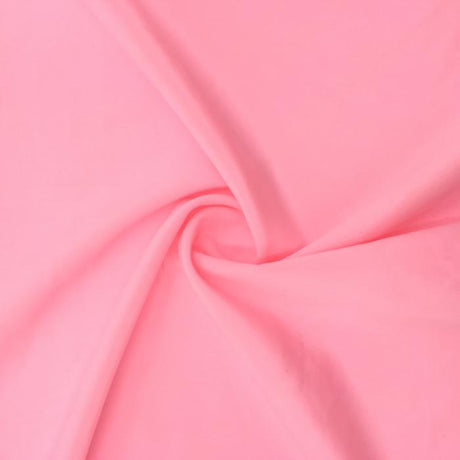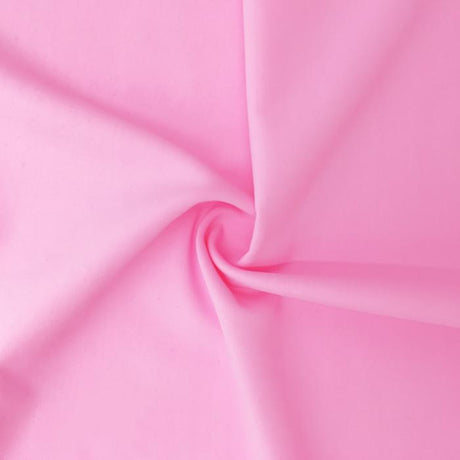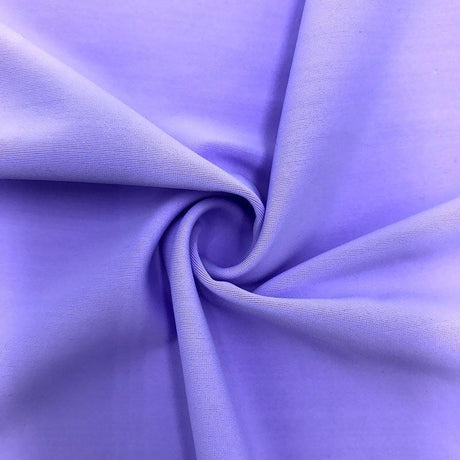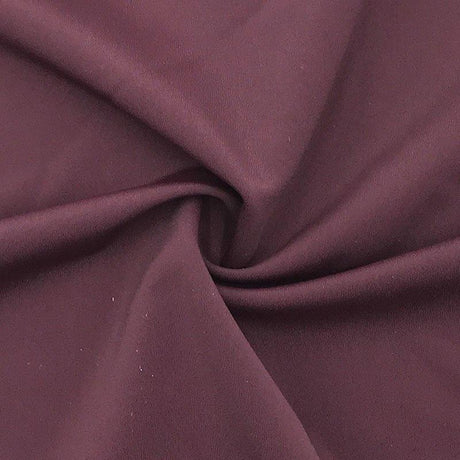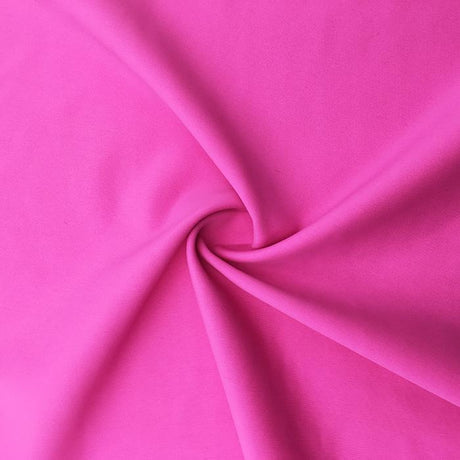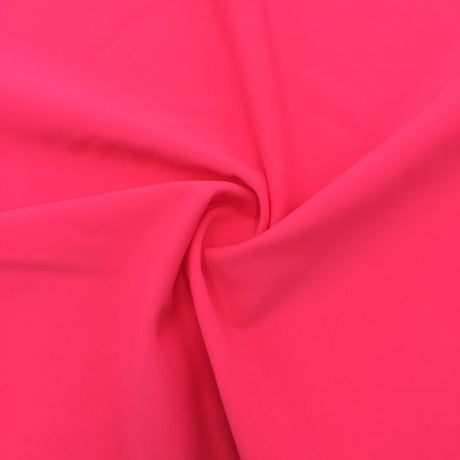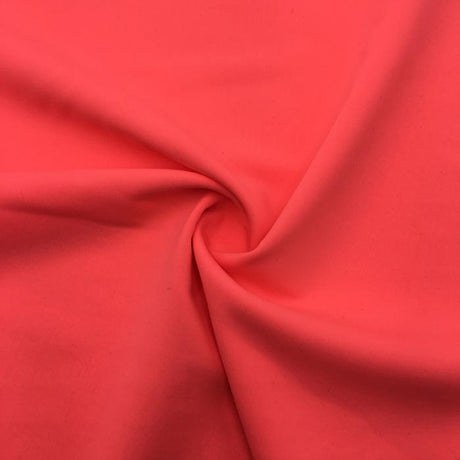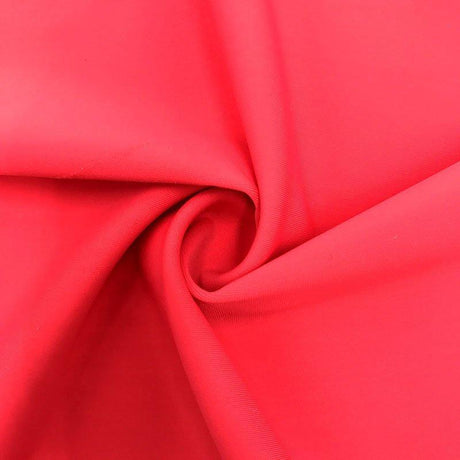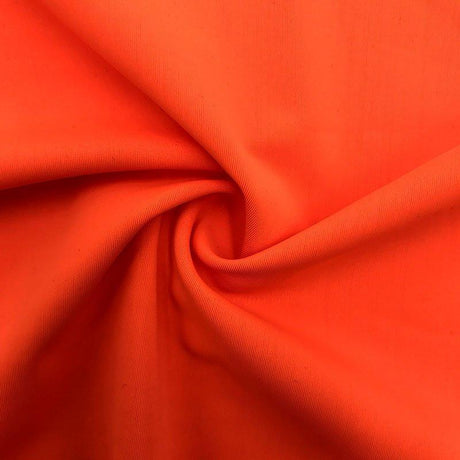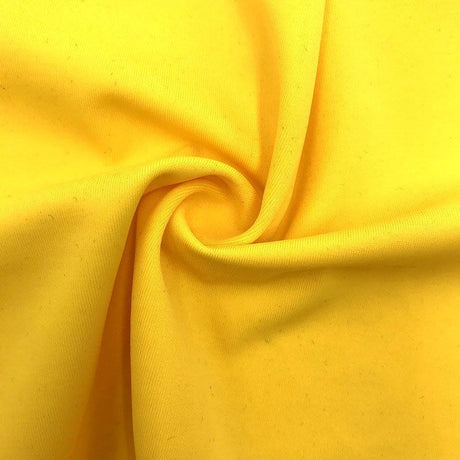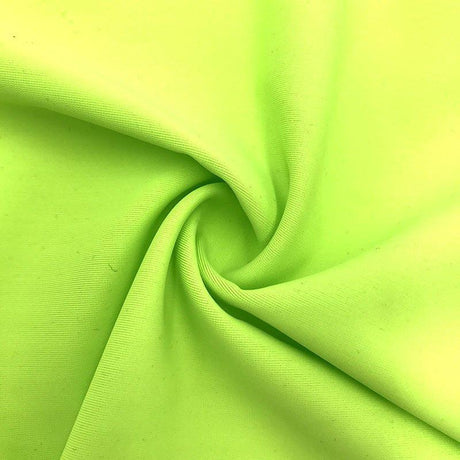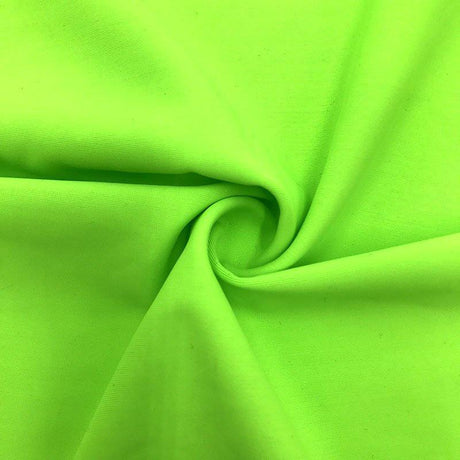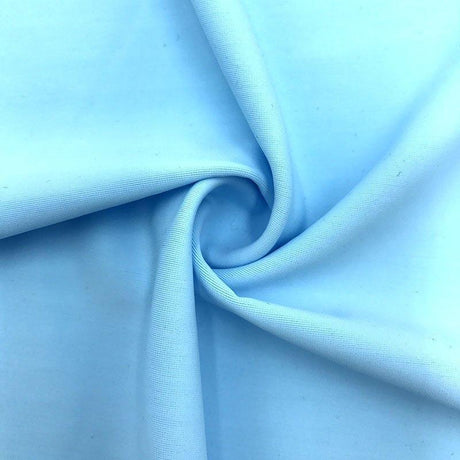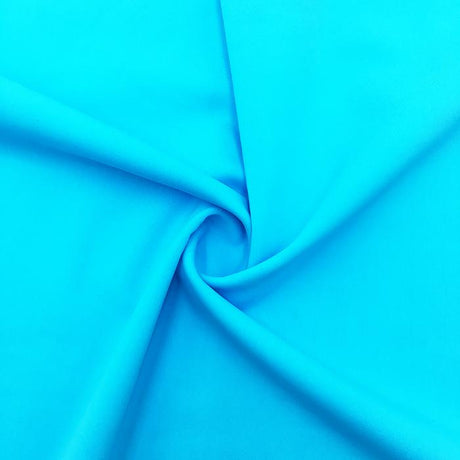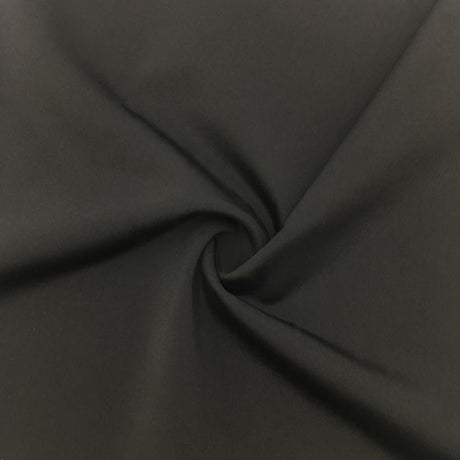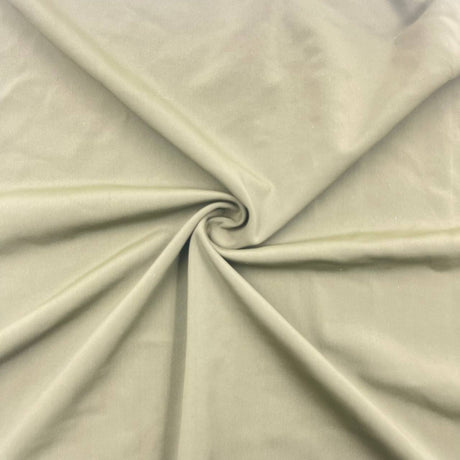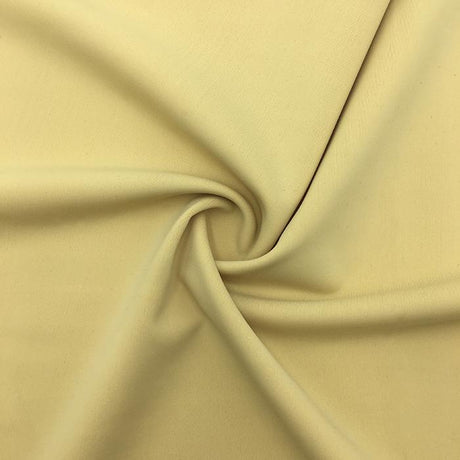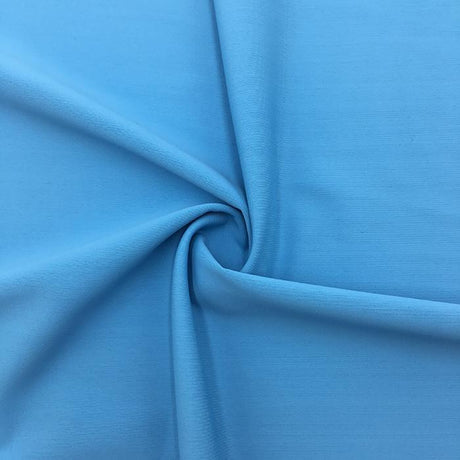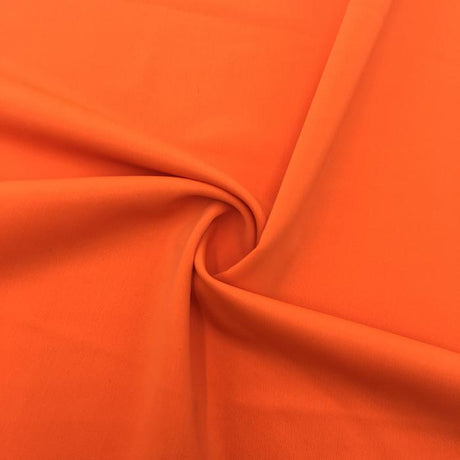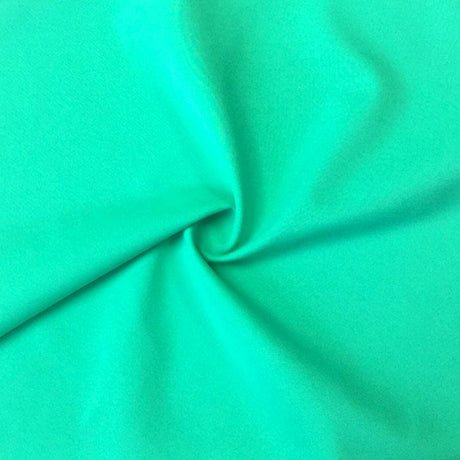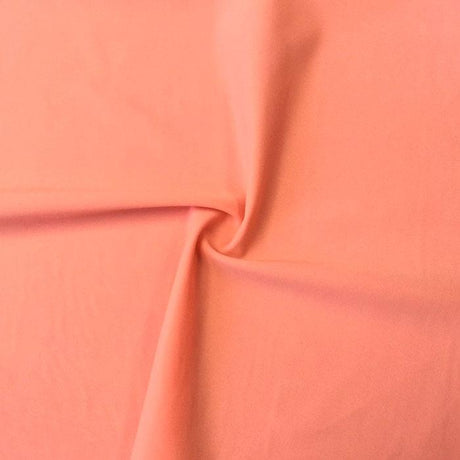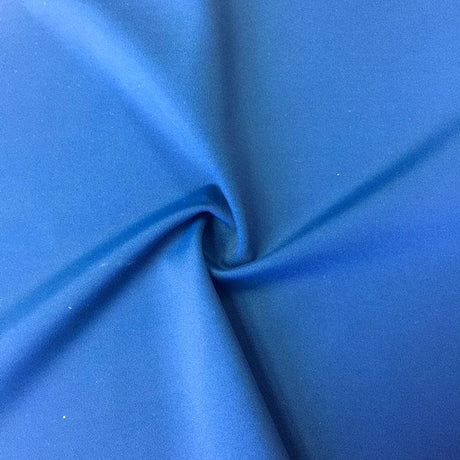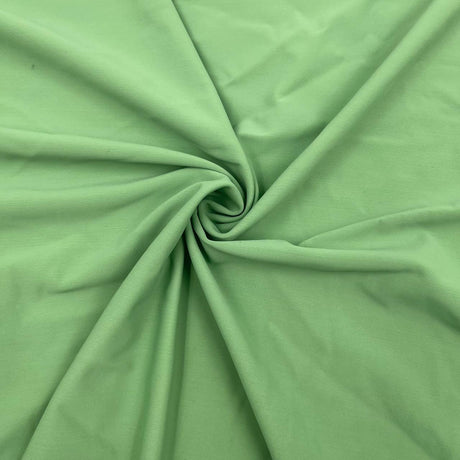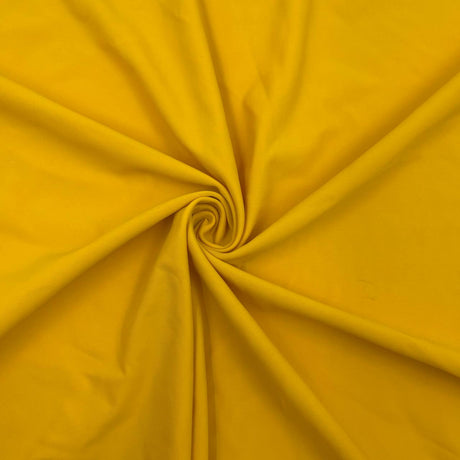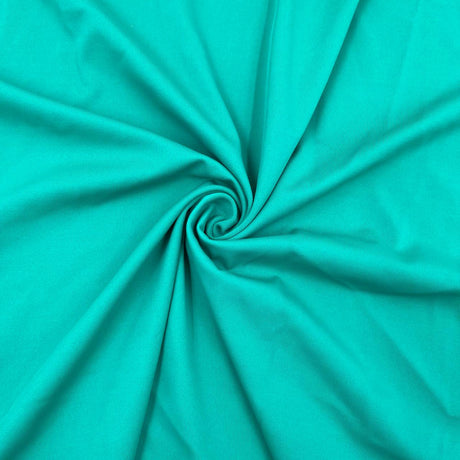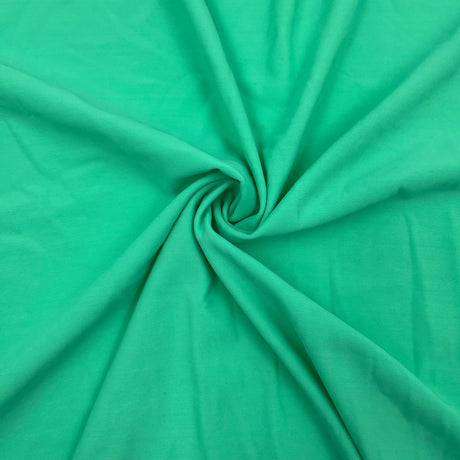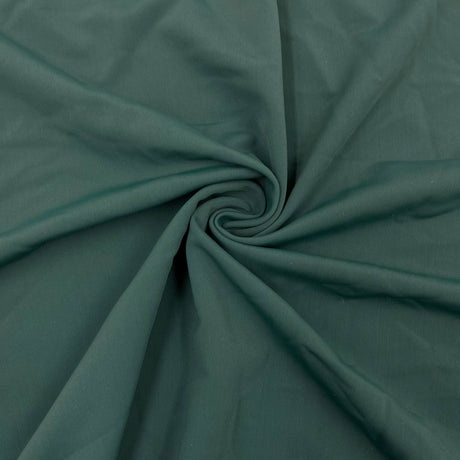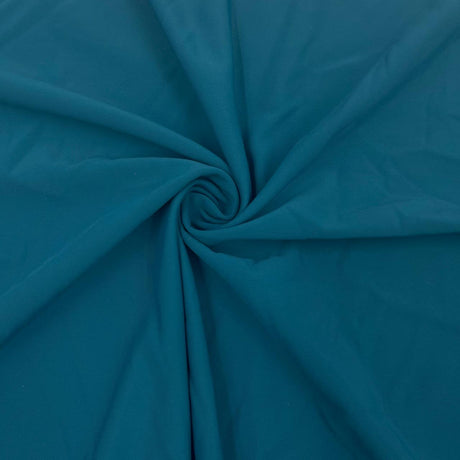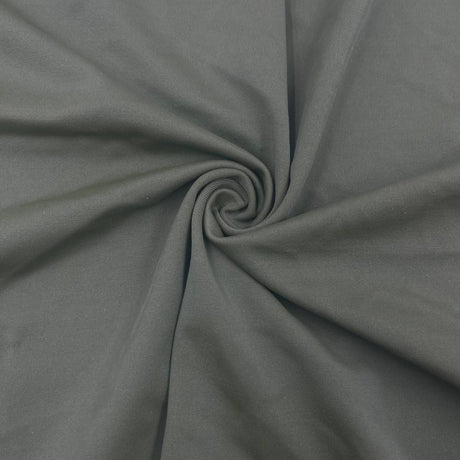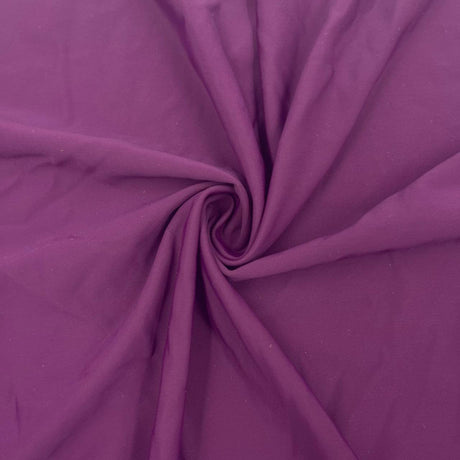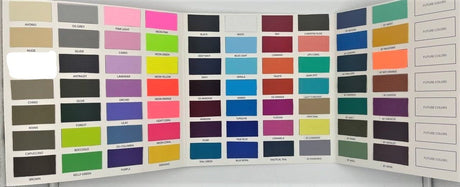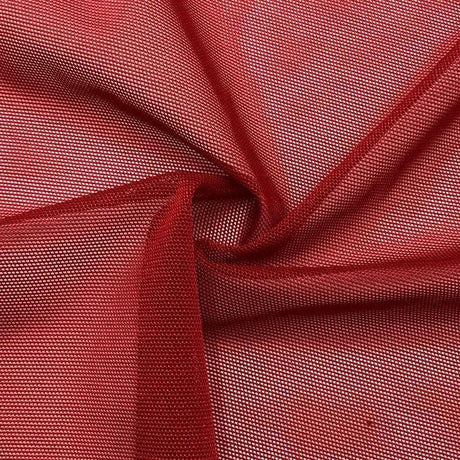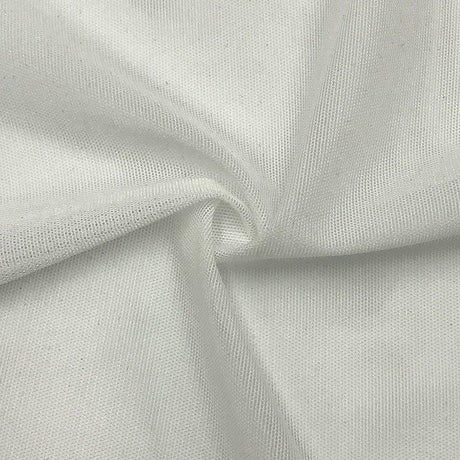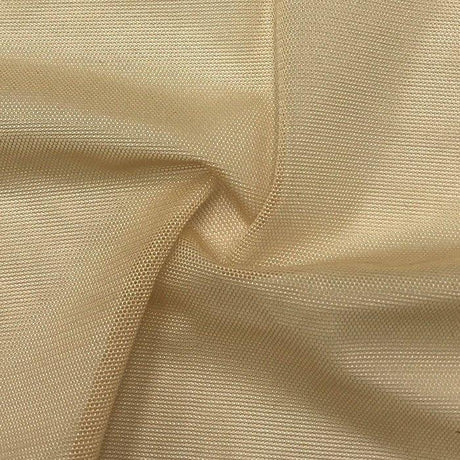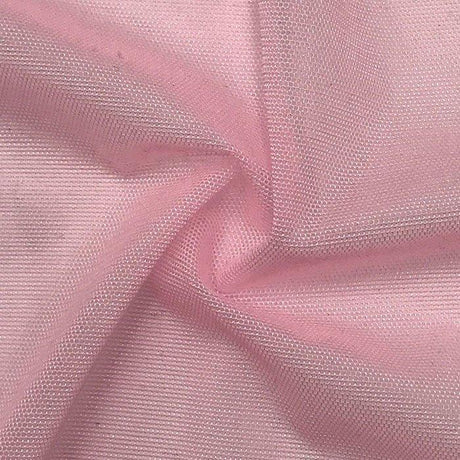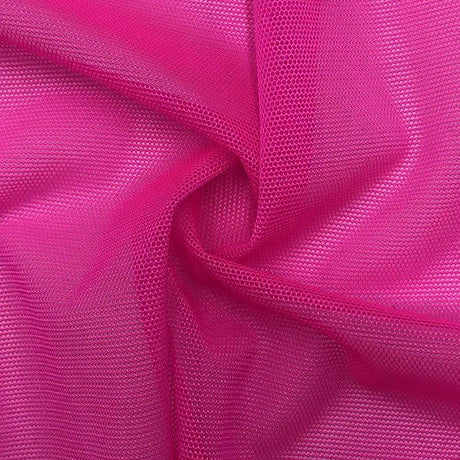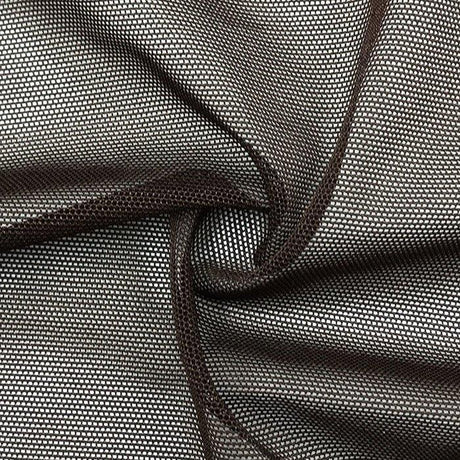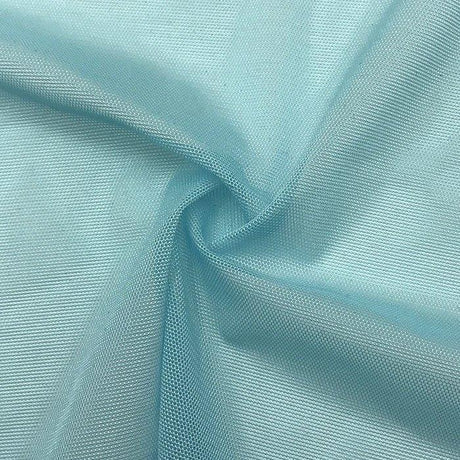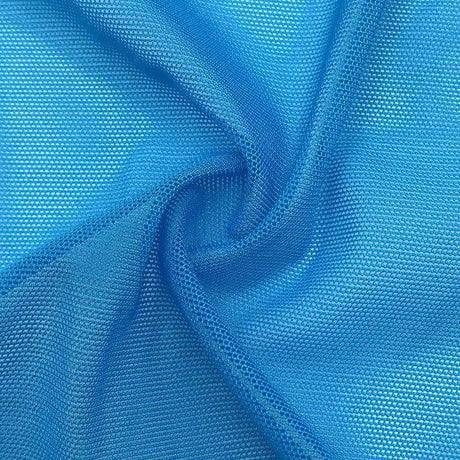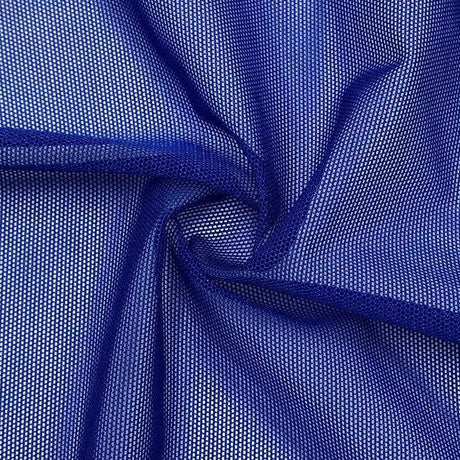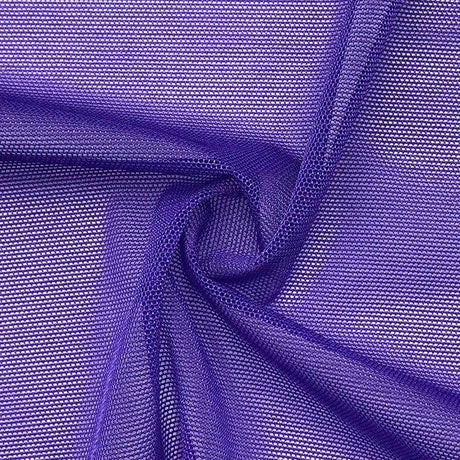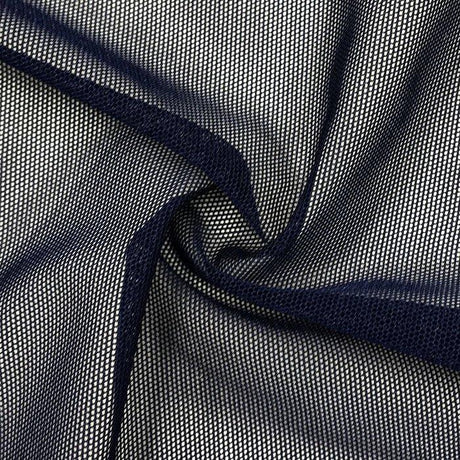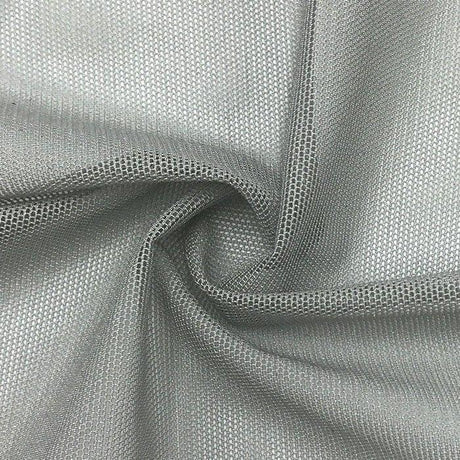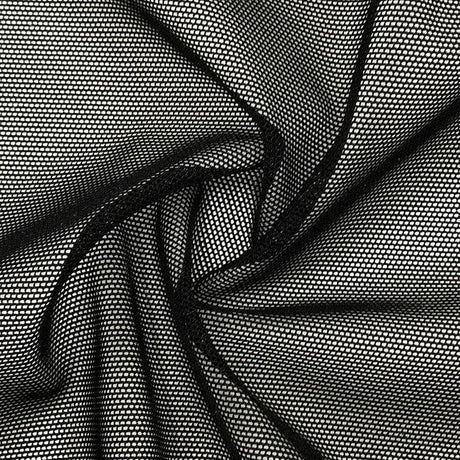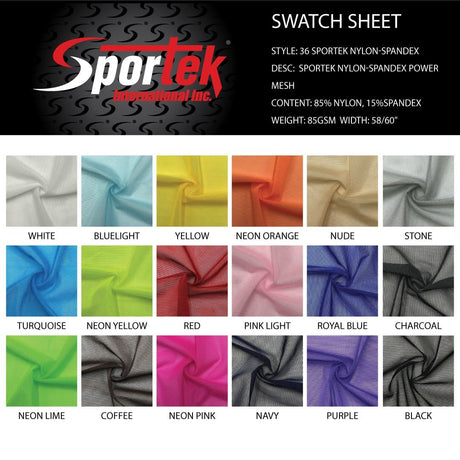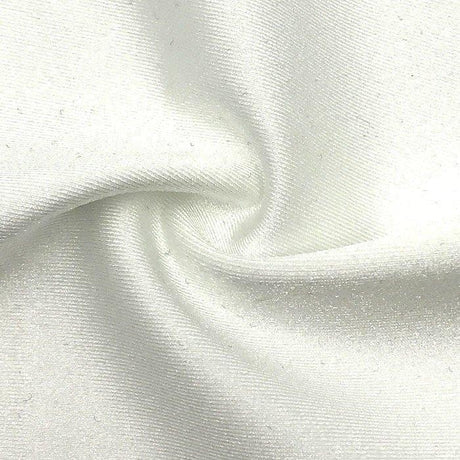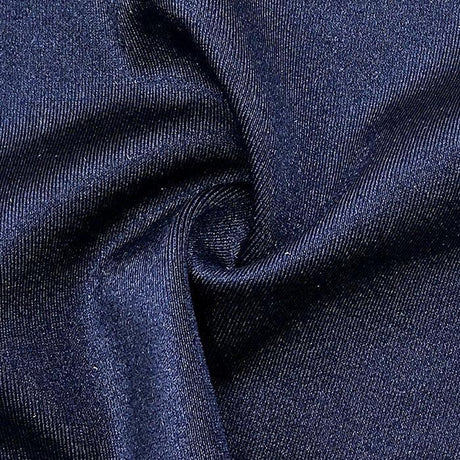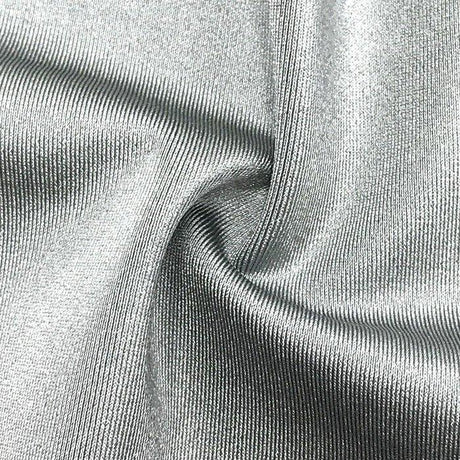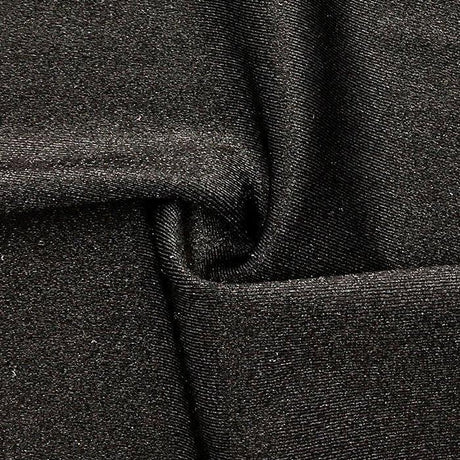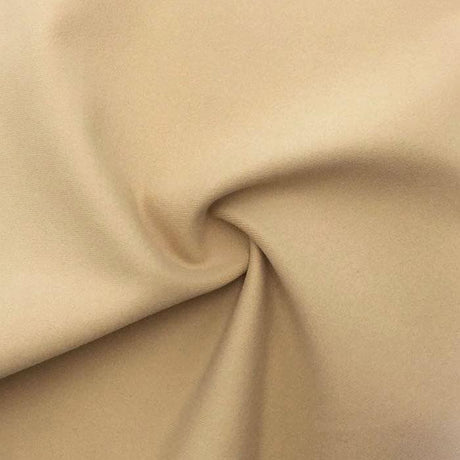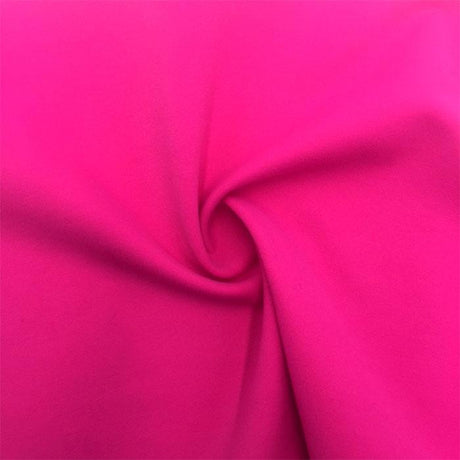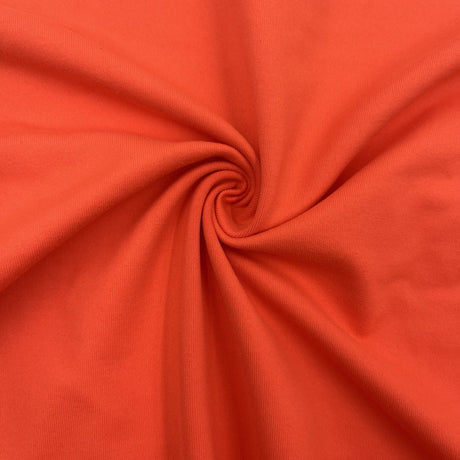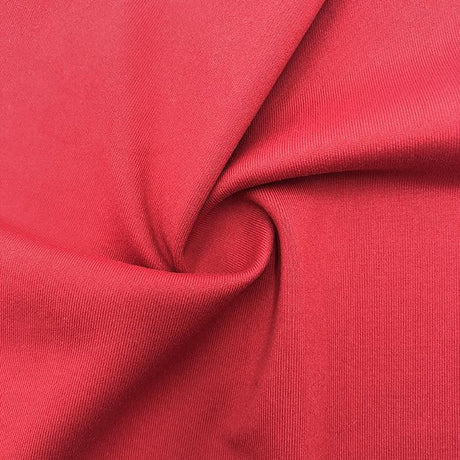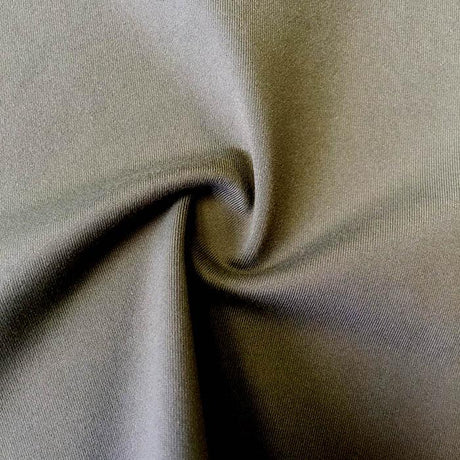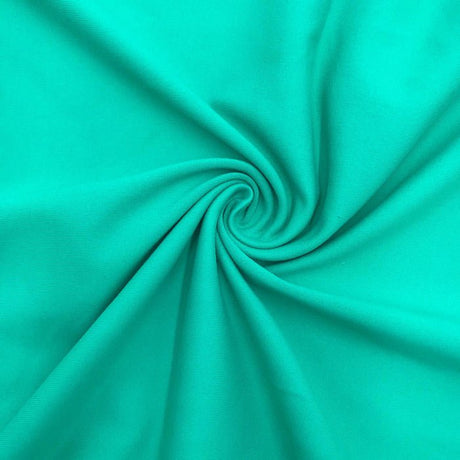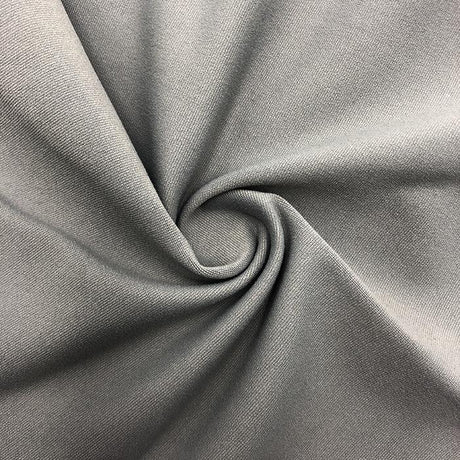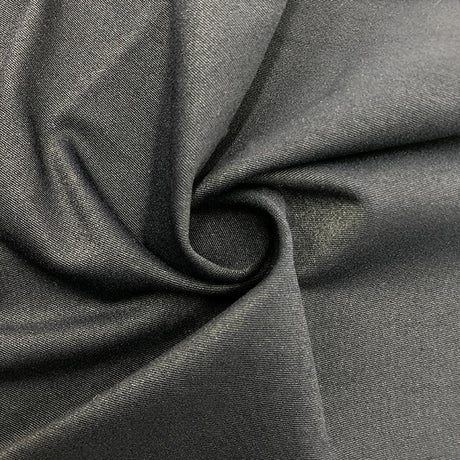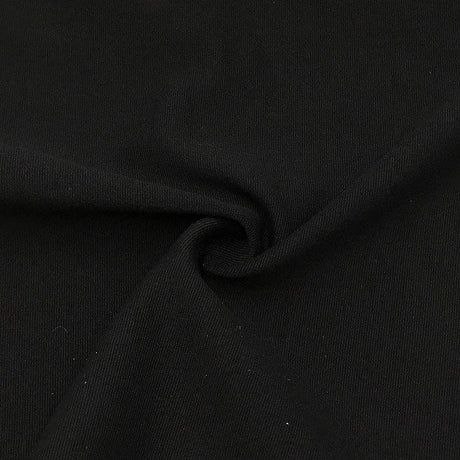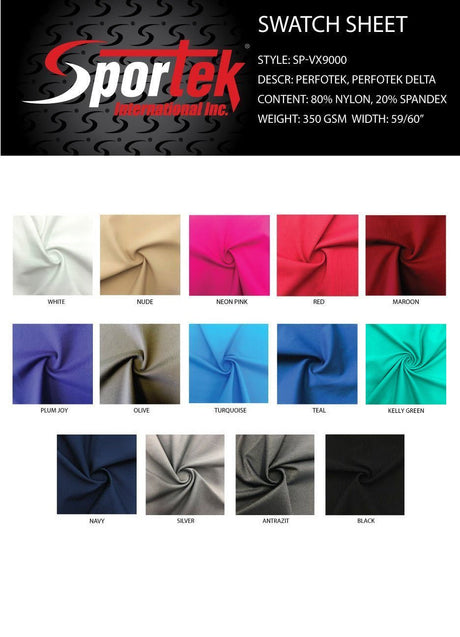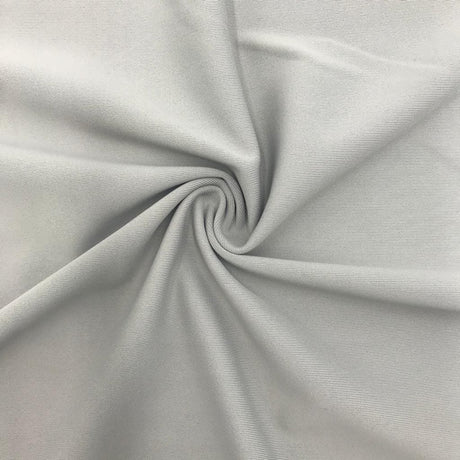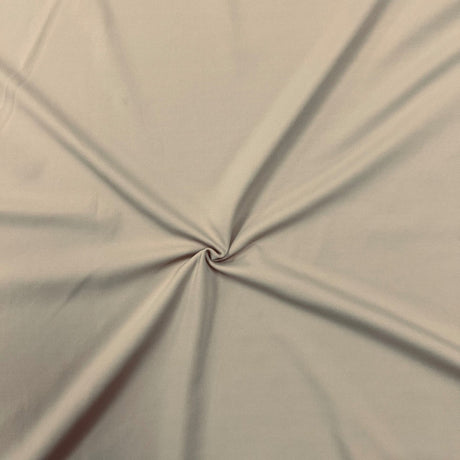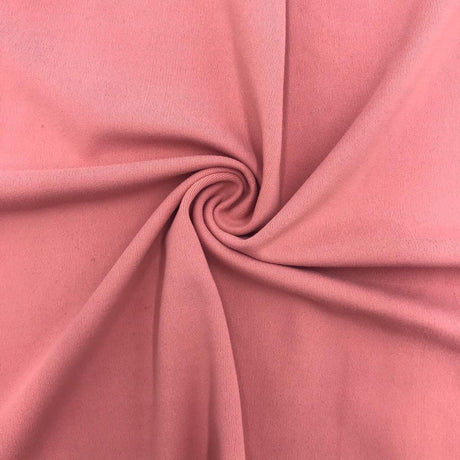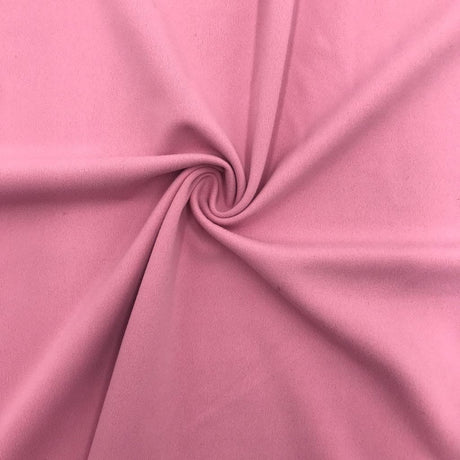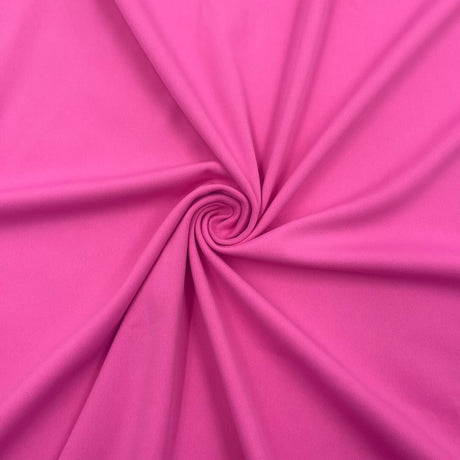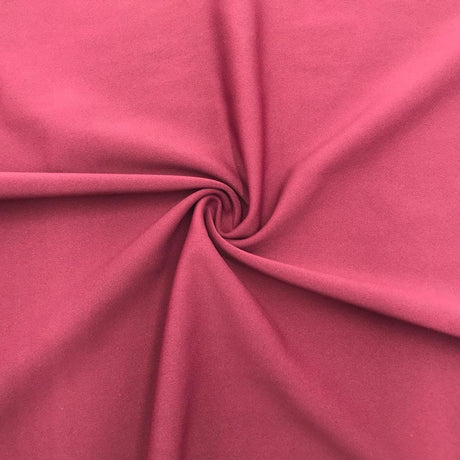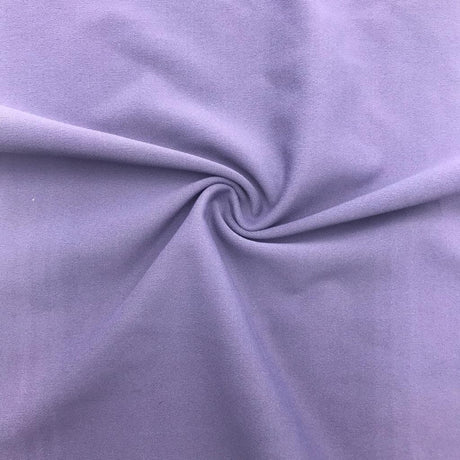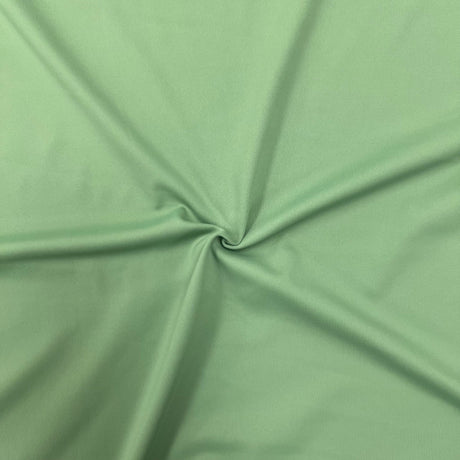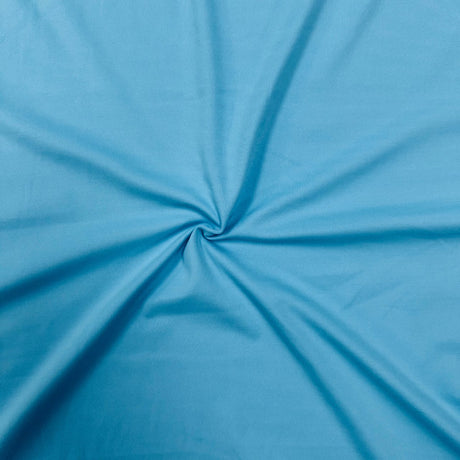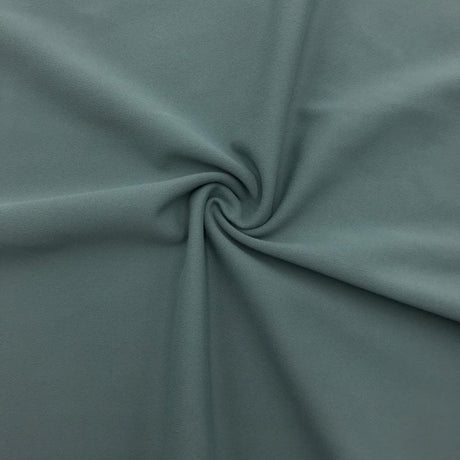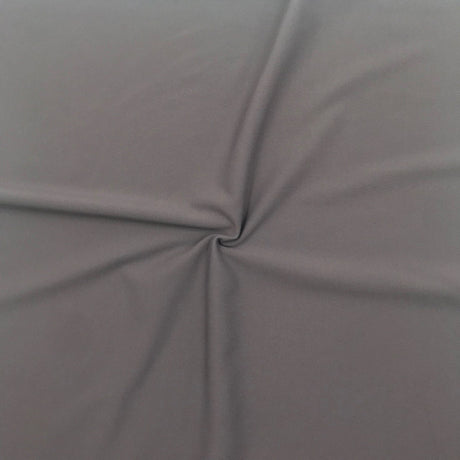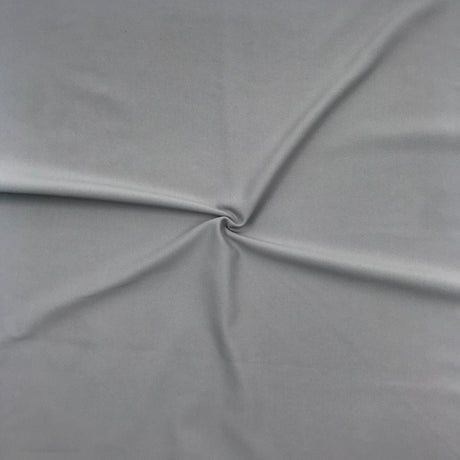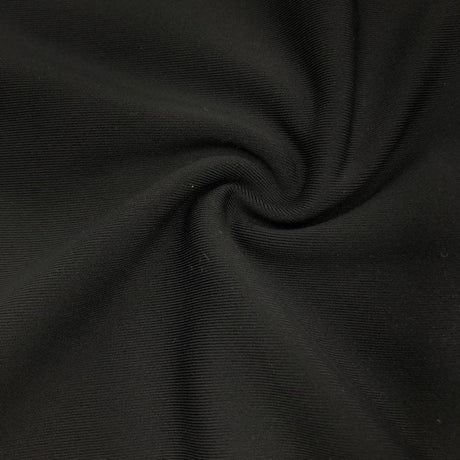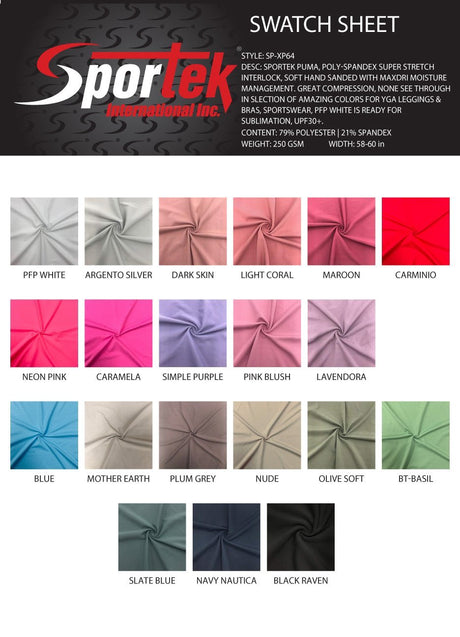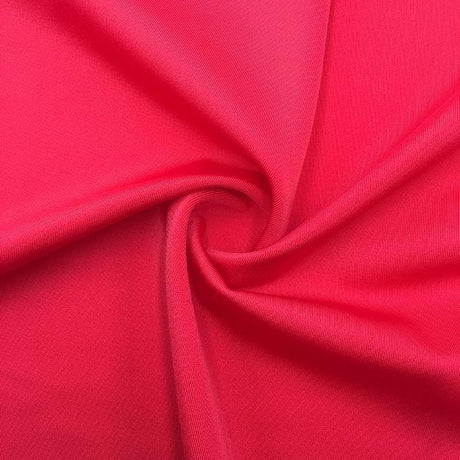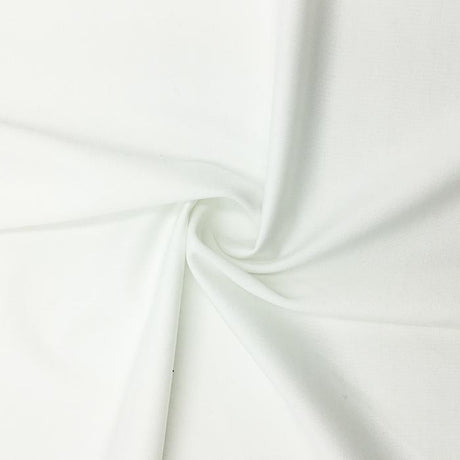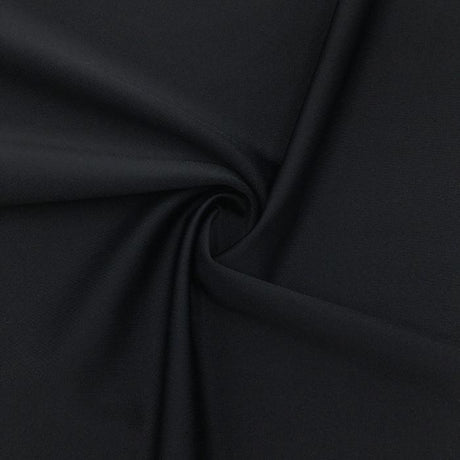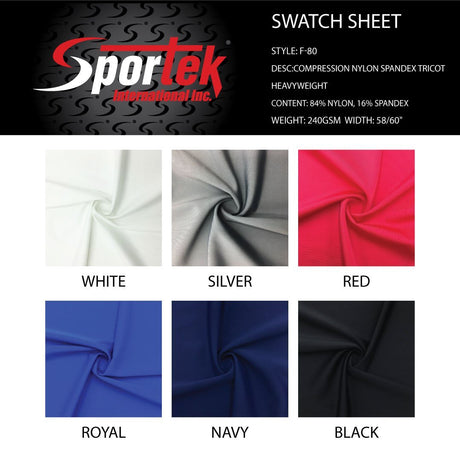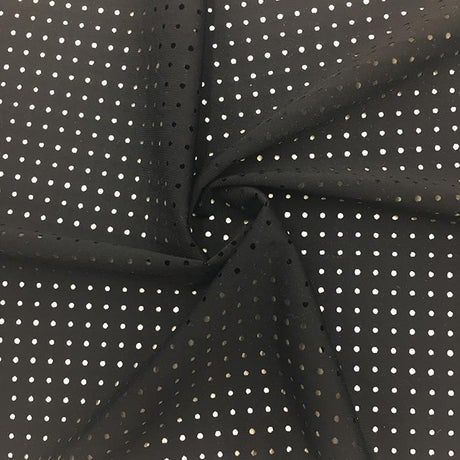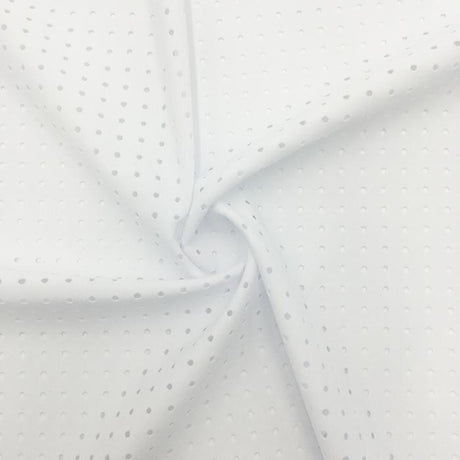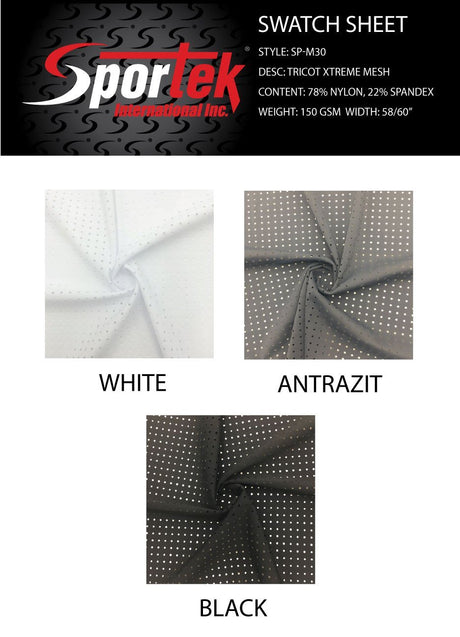Storing spandex fabric properly is crucial for preserving its stretch, strength, and appearance. Because spandex (also known as Lycra or elastane) is a uniquely elastic and sensitive material, the way you store spandex can greatly affect its longevity. Improper storage – such as exposure to heat, moisture, or UV light – can cause spandex fibers to break down, leading to loss of elasticity, fading, or even mildew. In this comprehensive guide, we’ll explain why proper spandex storage matters and share best practices (from folding to rolling to hanging) to store spandex fabric without damage. We’ll also cover the ideal environmental conditions (temperature, humidity, light), warn against common mistakes (like using metal hangers or vacuum sealing), and offer tips for both home crafters and fabric businesses. By following these guidelines, you can keep your spandex materials in top condition for years to come.
Why Properly Storing Spandex Matters
Spandex is prized for its exceptional stretch and recovery, but these same qualities make it vulnerable if stored incorrectly. Unlike sturdier fabrics like cotton or denim, spandex is a synthetic polymer that is highly reactive to environmental conditions. Here’s why proper storage is so important:
- Heat Sensitivity: High temperatures can cause spandex fibers to degrade. Prolonged heat exposure (for example, near a heating vent or in a hot attic) can make the fibers brittle and permanently reduce their elasticity. This means garments may lose their snug fit and become loose or saggy over time. Always store spandex away from heat sources to protect its stretchability.
- UV and Light Exposure: Direct sunlight is extremely damaging to spandex. Ultraviolet (UV) light breaks down the polyurethane fibers, leading to fiber damage and color fading. Light-colored or white spandex is especially prone to yellowing when exposed to sunlight. To prevent this, store spandex in a dark place or use opaque storage containers that keep light out.
- Moisture and Humidity: Spandex is sensitive to moisture. Damp conditions or high humidity can promote mold and mildew growth on spandex fabrics (particularly those blended with natural fibers). Mold not only causes unpleasant odors and stains, but it can irreversibly damage the material. Even excess moisture without mold can weaken spandex fibers and cause them to lose elasticity. Always choose a dry storage location to avoid these issues.
- “Memory” and Stretch Loss: Spandex has an “elastic memory” that can degrade if the fabric is stressed or stored improperly for long periods. For instance, if spandex is stretched out or creased during storage, it may not fully recover its original shape. Proper storage helps maintain that memory, ensuring your spandex textiles remain stretchy and “fresh” rather than limp or misshapen.
In short, spandex fabric can lose its key qualities – stretch, fit, and vibrant color – if exposed to heat, light, moisture, or physical stress in storage. Next, we’ll explore how to avoid these dangers by using the right storage methods.
Folding, Rolling, or Hanging: Best Practices to Store Spandex
One common question is whether it’s better to fold spandex fabrics, roll them, or hang them. The answer often depends on the item (raw fabric yardage vs. finished garment) and the storage duration. Each method has benefits when done correctly. Below are best practices for storing spandex through folding, rolling, or hanging:
- Rolling Spandex Fabric: Rolling is often the preferred method for storing spandex yardage or larger fabric pieces. Keeping spandex on a roll (such as on a cardboard tube or bolt) prevents hard creases and minimizes fiber stress. Fabric stores and warehouses typically store spandex rolled on tubes or hung on racks to avoid fold lines. At home, you can roll smaller fabric pieces and secure them with a strip of muslin or a soft tie (avoid elastic bands that could leave impressions). Rolled spandex fabrics take up slightly more space than tightly folded ones, but rolling avoids permanent wrinkles and preserves elasticity. If you have remnants or odd-shaped pieces, consider rolling them up and labeling them for easy identification.
- Folding Spandex: Folding is acceptable for short-term storage or for garments, but it must be done carefully. Avoid sharp folds in spandex; a tight fold left for months can create a permanent crease that won’t stretch out. If you must fold spandex fabric, use the largest folds possible – for example, fold a yardage piece only once or twice, not into many small squares. Make sure the folds are loose and padded if possible (you can place acid-free tissue or muslin in the folds to cushion the fabric). For spandex clothing, folding along natural garment lines (such as seams) can help avoid new creases. Always smooth out any wrinkles before folding to prevent setting them in. And remember to refold or unfold periodically if storing long-term, so that the same fibers aren’t under stress indefinitely.
- Hanging Spandex: Hanging can be a great option for spandex garments (like leotards, leggings, or swimsuits) if done correctly, but it’s not ideal for raw fabric yardage. The key is to use the right hangers and support. Avoid thin metal wire hangers, which can cause shoulder bumps, stretch marks, or even rust stains on your spandex. Instead, opt for padded hangers or broad plastic/wooden hangers that provide good support across the garment’s shoulders or waistband. Padded hangers prevent the material from slipping and help distribute weight so the spandex doesn’t stretch out of shape. When hanging, also ensure the storage area meets the environmental guidelines (cool, dark, dry). For very heavy spandex costumes or pieces that might sag under their own weight, folding or rolling might be safer to maintain shape. Light spandex items (like dancewear or activewear tops) generally hang well on padded hangers without damage, especially for short-term storage. If hanging for long-term, periodically check that the item isn’t deforming – you may switch to folding for a while to let the spandex recover its shape.
- Flat Storage: Another option is laying spandex items flat in a drawer or on a shelf (preferably on a clean shelf liner or within a breathable box). This is essentially a form of very loose folding (no sharp folds) and can be useful for delicate pieces. In fact, some experts advise that garments be stored flat whenever possible to avoid stress. Flat storage works well for items like swimwear or stretchy costumes – just make sure they are clean and completely dry first, and do not stack too many heavy items on top of each other (to prevent flattening or sticking).
No matter which method you choose, clean the spandex before storage (body oils, sweat, or dirt can degrade fibers or attract pests), and avoid overcrowding your spandex storage. Give each item or roll some breathing room so it’s not crushed by others – fabrics should not be tightly packed or squashed together. By using these best practices, you’ll prevent creases, stretching, and other damage to your spandex.
Ideal Environmental Conditions for Storing Spandex
Choosing the right storage environment is just as important as how you fold or hang the fabric. Spandex will last longest in a cool, dry, and dark space. Whether you’re storing bolts of fabric in a warehouse or leggings in a closet, try to meet these conditions:
- Temperature: Moderate, stable temperatures are best. Aim for roughly 60–80°F (15–27°C) for storing spandex. Avoid extreme heat (above ~80°F) which can accelerate degradation, and also avoid freezing temperatures which could potentially make fibers brittle. More important than the exact temperature is avoiding frequent fluctuations – rapid temperature swings can cause materials to expand/contract and weaken over time. So, consistent cool conditions (like an interior closet or climate-controlled storage room) are ideal. Never store spandex near heaters, radiators, or in hot attics, and conversely, unheated garages in winter could be problematic.
- Humidity: Keep humidity in check. The optimal relative humidity is around 40%–60% for fabric storage. High humidity (above 60%) invites mold, mildew, and even enzymatic fiber breakdown, especially if any natural fibers are present. On the other hand, extremely low humidity (below ~30%) might dry out fibers and could contribute to brittleness over long periods. A normal household environment (around 50% RH) is usually fine – just avoid overly damp basements or rooms that feel clammy. If you live in a very humid climate or are storing in a basement, consider using a dehumidifier or placing silica gel desiccant packs in storage bins to absorb excess moisture. Good ventilation is also important: air circulation helps prevent moisture buildup. A small fan or simply not sealing items in an air-tight container can help fabrics “breathe” (more on airtight containers below).
- Light Exposure: Total darkness or minimal light is best for spandex. UV light is the enemy of elastic fabrics. Choose a storage spot out of direct sunlight – for example, a closet, opaque bin, or drawer. Even indoor artificial light can, over long periods, cause some fading or yellowing, so darkness is preferable for very long-term storage. If you must store spandex in a room with windows, keep the fabric in opaque boxes or bags, or use UV-blocking covers/curtains on the windows. For businesses with fabric rolls on racks, investing in UV-blocking film or shades in the storage area is a good idea. Also, turn off lights in fabric storage rooms when not needed. Protecting spandex from light will ensure the colors remain vibrant and the fibers stay strong.
- Cleanliness and Pests: The environment should be clean and pest-free. Dust and dirt can physically abrade fibers over time or even chemically attack them. Store spandex only when it’s clean, and ideally in a container that keeps dust out. Be mindful of pests: although spandex (being synthetic) is less appetizing to moths than wool or cotton, many spandex blends include natural fibers that could attract moths or silverfish. Keep storage areas dry and consider natural pest deterrents like cedar blocks or lavender sachets. If storing for a long time, inspect periodically for any signs of pests. Using breathable cotton garment bags or sealed plastic bins can protect against insects – just ensure no moisture is trapped if you seal things up.
In summary, store spandex in a place that’s cool (room temperature or a bit below), not too humid, and dark – for example, a bedroom closet or a dedicated cabinet works much better than a sunny attic or damp basement. If you maintain these conditions, your spandex fabric will be far less likely to suffer environmental damage.
Common Mistakes to Avoid When You Store Spandex
Now that we’ve covered the “dos” of spandex storage, let’s look at some “don’ts.” These common mistakes can inadvertently ruin your spandex fabric, so avoid the following pitfalls:
- Using Metal Wire Hangers: As mentioned earlier, hanging spandex garments on thin metal wire hangers is a bad idea. These hangers can cause shoulder dents, misshapen areas, and even rust stains. Metal hangers are often too flimsy and narrow to support stretchy fabrics, leading to distortion (those dreaded shoulder bumps). Moreover, many metal hangers can rust over time or in humid conditions, and rust can permanently stain fabrics. If you need to hang spandex, use padded or broad hangers that protect the garment’s shape and keep it off any metal. This one swap will go a long way in preventing damage.
- Storing in Direct Sunlight: It may seem obvious, but never store spandex in direct sunlight (for instance, hanging a spandex costume on a rack by a sunny window). Sunlight can fade colors and break down elastic fibers surprisingly fast. Even a bright indirect light can, over many months, dull the material. Always keep spandex in opaque containers or dark closets. If you’re displaying a spandex garment (say for a retail display or costume showcase), do so for short periods or under UV-filtered lighting to minimize exposure.
- High Heat or Hot Drying Before Storage: Avoid any heat-related mishaps with spandex. That means do not iron it on high heat (in fact, most spandex shouldn’t be ironed at all unless absolutely necessary and then only on a cool setting with a pressing cloth). Also, never put spandex in a hot dryer before storage – the residual heat can deteriorate the fibers or cause shrinkage. Ensure items are dry, but it’s best to air-dry spandex garments flat or on a line, so they’re not subject to heat damage prior to being put away. Similarly, don’t store spandex near radiators, space heaters, or in car trunks during summer, etc.
- Vacuum Sealing (Long-Term): Vacuum seal bags are popular for saving space, but they are risky for long-term spandex storage. Sucking out all the air and compressing spandex can lead to deep creases, crushed fibers, and loss of elasticity if left for extended periods. The fabric’s structure can become “imprinted” with wrinkles that may never fully release. Additionally, an airtight seal can trap any remaining moisture and lead to mildew. If you must vacuum-seal spandex, do it only for short-term purposes (like a short move or travel) and make sure the fabric is completely clean and dry first. Even then, try to release and refold the items as soon as practicable. For long-term storage over several months or more, vacuum sealing is not recommended – instead, use breathable garment bags or boxes with lids that aren’t fully airtight, so the fabric can breathe and any moisture won’t condense.
- Plastic Covers or Bags Without Ventilation: Storing spandex in plain plastic bags (like dry cleaner bags or garbage bags) can also cause problems. Such plastics can trap moisture and don’t allow airflow. Over time, you might open the bag to find a musty odor or even mold. If you want to use plastic containers or bags, ensure the items are dry and consider leaving a small opening for air or using breathable cotton sheets/clothing bags as wraps inside the plastic. Never store spandex when it’s damp, even slightly – that’s asking for mildew.
- Overcrowding and Compression: It’s important not to stuff your spandex fabrics into an overfilled box or drawer. Overcrowding can lead to creasing, stretching, and fabric distortion. Spandex needs a bit of space to maintain its shape. Cramming it tightly can also cause different fabrics or colors to press against each other and possibly transfer dye or stick (especially if there’s any heat). Always allow a little extra room in your storage bins or closet so that air can circulate and the textiles aren’t under pressure. If you notice impressions on the fabric from being pressed against something (like a button imprint on a folded leggings), give that piece a break – lay it flat for a while to let the fibers recover.
- Not Considering Chemical Exposure: Keep spandex away from harsh chemicals or fumes. For example, storing fabrics in a room where you use strong cleaning agents, or in a wooden chest that isn’t sealed (wood acids can sometimes cause yellowing), can be detrimental. Also, avoid direct contact between spandex and things like cedar wood or newspaper – while cedar can deter pests, it can also off-gas oils; wrap spandex in muslin or acid-free tissue first if using cedar blocks. Likewise, do not leave spandex touching anything metal that could corrode (besides hangers, think of metal shelving that could rust or any metal decor). Basically, store spandex in clean, inert materials (cotton, plastic bins that are food-grade or meant for storage, acid-free paper) to avoid unexpected reactions.
Being mindful of these mistakes will help you sidestep accidental damage. A bit of care and the right materials can make a huge difference in preserving your spandex.
Short-Term vs. Long-Term Spandex Storage
Your approach may vary slightly depending on whether you’re storing spandex for a short term (a few weeks or months, like off-season clothing) or for the long haul (multiple years or inventory stock). Here are some considerations for each:
- Short-Term Storage (Seasonal or Project Storage): For short-term storage of spandex garments – say putting away summer swimwear for the winter, or storing a dance costume until next season – the key is to still follow all the fundamental tips above (clean, cool, dry, dark). The advantage of short-term storage is that you’ll be taking the items out again relatively soon, so you can afford to use space-saving tricks as long as they won’t cause immediate damage. For example, it’s generally okay to fold spandex apparel for a few months, since any creases are not likely to become permanent if the item is used again soon. Vacuum bags can be used in a pinch for short-term space-saving (like packing spandex ski base-layers for a move or travel) because the clothes won’t stay compressed for long. Just release them at your destination and let them regain shape. One short-term tip: if storing sportswear or activewear between seasons, consider turning them inside-out to protect colors and any printed designs. Also, if you’re a home sewist who plans to use a piece of spandex fabric in the near future, you can fold it loosely and keep it in a drawer or bin without much worry – just don’t forget about it for years. Essentially, short-term storage is about convenient protection: you want the fabric safe from harm, but it doesn’t need to be museum-level preservation. Do inspect items when you take them out; if something developed a smell or wrinkle, you can easily wash or steam it and it should be fine.
- Long-Term Storage (Archival or Inventory Storage): Long-term storage of spandex (many months to years) requires a bit more precaution because time itself can degrade materials. Over a long period, even in ideal conditions, spandex can slowly lose some of its “liveliness” – elastic fibers may gradually stiffen or relax. To combat this, it’s wise to rotate stock occasionally. Businesses often use FIFO (First-In, First-Out) inventory management: using the oldest fabric first so none sits unused for too long. If you’re a home user with a large fabric stash, you can take a page from this practice – periodically refold or reroll your spandex fabrics every 6-12 months, and try to use older pieces before they age too much. Long-term storage should favor rolling or flat storage over folding, as discussed, to avoid permanent creases. If you have spandex heirlooms or costumes you want to preserve for many years, consider archival storage techniques: wrap items in acid-free tissue, store in archival boxes or 100% cotton pillowcases, and keep them in a stable climate-controlled part of the house (not the garage or attic). Take them out for “airing” occasionally – simply letting a stored garment air out and then repacking it can prevent that stale, trapped-moisture situation. As noted earlier, do not leave spandex sealed air-tight for years; fabrics need some airflow to stay fresh. For businesses storing bulk spandex rolls, maintaining the recommended temperature/humidity and keeping rolls on racks (not on a damp floor) is crucial. Also, keep long-term storage areas free of any ozone, smoke, or chemical pollutants that could accelerate fabric aging (some industrial environments have ozone that can attack elastomers).
In summary, short-term spandex storage is about convenience and basic protection, whereas long-term storage is about preventative care and occasional maintenance. If you know you won’t touch an item for a year or more, take those extra steps now (proper container, rolling, climate control) to ensure that when you eventually do need it, the spandex is as good as you left it.
Tips for Home Crafters vs. Fabric Businesses
Both individual consumers and businesses deal with storing spandex, but their contexts can differ. Here are some tailored tips and examples for each scenario:
For Home Sewists and Crafters (Consumers):
- Organization and Containers: If you’re storing spandex fabric in your sewing room or closet, use plastic bins with lids or breathable fabric boxes to keep dust and pests out. Clear plastic bins are useful so you can see what’s inside, but ensure they’re in a dark closet or the bin itself is opaque to block light. Line bins with acid-free tissue or clean cotton sheets if storing fabric for a long time, especially if the bin is not acid-free plastic. Remember, fabrics need a bit of airflow – you can leave a tiny gap or use boxes that aren’t completely sealed (unless pest prevention is a big concern, in which case add some desiccant and make sure the items are dry).
- Folding Yardage vs. Scraps: For a home stash, large spandex yardage can be rolled on a cardboard tube or folded loosely and stored on a shelf. Small scraps or remnants can be rolled up and placed in drawers or zip-lock bags (with a few holes for air) categorized by color or project. One crafter tip is to use hanging file folders or pants hangers to drape larger cuts of fabric in a closet, which keeps them flat – this can work for spandex if the hanger is wide and the fabric doesn’t slip off. Always label your spandex pieces with content (e.g., “Nylon-Spandex tricot, 2 yards”) and date if possible, so you remember what you have before it “ages out.”
- Short-Term Project Storage: If you’re in the middle of sewing and need to set a spandex project aside, keep the fabric flat between sessions – rolling it around a tube or keeping it on the cutting table under a cloth is better than folding it up tightly. This avoids any temporary creases while you pause work. Also, cap your spandex sewing thread and keep elastic trims in bags; spandex elastic can also degrade if left out in heat/light, so treat all spandex-containing supplies carefully.
- Example (Home Crafter): Let’s say you buy 5 yards of neon spandex for costumes but only use 3 yards. To store the remaining 2 yards, you could wrap it around a mailing tube or pool noodle, slip it into a pillowcase (to protect from light), and place it on a shelf in a cool closet. Toss a few cedar chips or a lavender sachet nearby to ward off insects. By doing this, when you pull it out next year for a new project, the spandex will still be bright and stretchy.
For Fabric Resellers, Small Businesses, or Designers (Business):
- Climate-Controlled Storage: If you are storing bulk spandex or finished spandex products as inventory, invest in proper climate control. A small warehouse or stock room should have air conditioning or dehumidifiers to maintain that 60–80 °F, ~50% humidity sweet spot. This protects your inventory’s quality – an essential for any business. Also, avoid storing boxes directly on concrete floors (which can leach moisture); use pallets or shelving.
- Use Roll Storage and Racks: Storing spandex on rolls is highly recommended for businesses. Set up rack shelving to hold fabric rolls either horizontally or vertically. This prevents fold damage and makes it easier to retrieve fabrics. Keep the rolls wrapped in plastic sleeves or kraft paper when not in use to keep dust off and block light. For any spandex garments in stock (like swimwear for sale), use proper hangers in your stockroom or keep them in garment bags. Never cram inventory into a space – it might save room in the short term, but you could end up with unsellable wrinkled or mildewed stock.
- Inventory Rotation and Monitoring: As mentioned, apply FIFO inventory management – use older stock first, so no spandex sits forgotten for too long. It’s also wise to do regular quality checks. For example, if you have spandex rolls in storage for over a year, test a small piece periodically for stretch and strength, and note any changes. Catching a problem early (like a roll starting to lose elasticity or showing spots) can save you from producing faulty products. Keep an eye on any spandex with elastic waistbands in storage; sometimes the attached elastic can degrade faster than the fabric, especially in heat.
- Packaging for Shipping/Storage: If you’re a reseller shipping spandex fabric or garments, avoid sealing them in completely airtight packaging if they might be in transit or warehouses for long. Use poly mailers or boxes that protect from moisture, but consider including a small desiccant pack. If items are going to sit in fulfillment centers, ensure they are away from direct sun or heat there as well.
- Example (Business): Imagine a small activewear brand producing leggings. You have bolts of spandex fabric and finished leggings stored. You’d want to hang the finished leggings on wide hangers or keep them folded with tissue in boxes, and for the fabric bolts, keep them on racks off the ground. Once a week, someone might walk the storage area to make sure the dehumidifier is running and there’s no sign of leaks or sunlight hitting the fabric. When new fabric shipments come in, place them behind older ones on the rack (FIFO). By maintaining such practices, your business ensures that customers always get high-quality, undamaged spandex products.

Spandex fabric stored on rolls in a climate-controlled warehouse. Businesses should keep spandex rolls on racks (horizontally or vertically) to prevent creases and use inventory rotation so no roll stays in storage too long.
Whether you’re a hobbyist safeguarding your fabric stash or a business managing inventory, the core principles remain the same – protect spandex from heat, moisture, light, and physical stress. Adapting these tips to your scale of operation will help avoid costly damage.
Conclusion: Store Spandex Safely for Long-Lasting Stretch
Spandex is a fantastic material known for its stretch – but to keep that stretch and strength intact, you need to store spandex fabric with care. To recap, always stow your spandex in a cool, dry, dark environment to prevent heat, humidity, or UV light from degrading the fibers. Choose the right storage method for the situation: roll fabric yardage to avoid folds, fold or lay flat garments without harsh creases, or hang items on padded hangers if appropriate. Steer clear of common mistakes like wire hangers, sunlit storage, or long-term vacuum sealing, all of which can cause irreversible damage to spandex materials. Whether you’re putting away a leotard for a season or stocking bolts of swimwear fabric in a warehouse, a little planning goes a long way: use proper containers, maintain a stable climate, and check on your spandex occasionally. By following these best practices, you’ll ensure your spandex fabrics and garments remain elastic, vibrant, and ready to perform whenever you need them. In short, store spandex smartly today so it stays as good as new tomorrow – your future self (and anyone wearing your spandex creations) will thank you for it!



